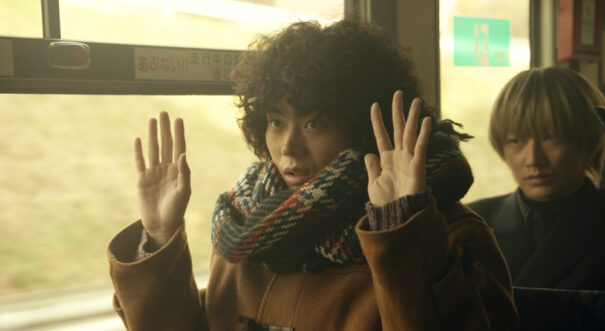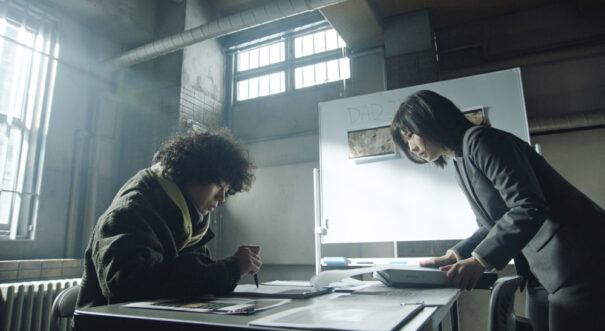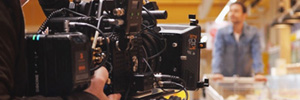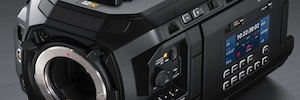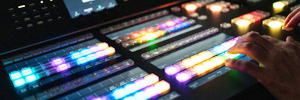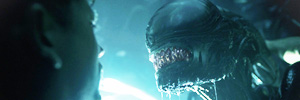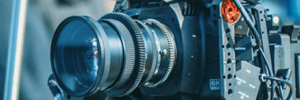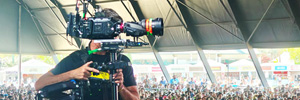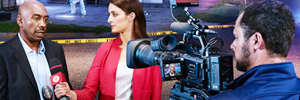‘Don’t Call It Mystery’ (Fuji Tv), graded with DaVinci Resolve Studio
DaVinci Resolve Studio software by Blackmagic Design has enabled Tomoyuki Abe to colour grade Don’t Call It Mystery, an acclaimed drama series currently airing on Fuji TV.
Don’t Call It Mystery is based on the work of Yumi Tamura, which has sold over 14 million copies and is currently featured in several issues of Shogakukan’s manga magazine Flowers. Colour grading was carried out by Tomoyuki Abe from Fuji TV’s editing studio, and in addition to DaVinci Resolve Studio and a DaVinci Resolve Mini Panel, a SmartScope Duo monitor for waveform monitoring, a Smart Videohub matrix and Teranex Mini converters were also used.
“The production of a drama series is often very tight. The time given for shooting is usually half the number of days of a feature film. For post production, we only have one day for each post process, including grading, online editing and audio sweetening, which is not enough time to check that everything is absolutely okay. So, we often have to make changes on short notice and go back and export to AAF to fix the process. DaVinci Resolve Studio allows me to deal with AAF more smoothly and trouble free than any other application,” says Abe.
Abe also highlights the versatility of the DaVinci Resolve Mini in his workflow: “When grading for TV dramas, I usually watch a 30 inch master monitor, and the Resolve Mini Panel is a perfect size for grading while watching this medium size master monitor. Plus, it is the best size for this suite while giving me all the functions I need for intuitive grading.”
A unique aesthetic
Because most of the scenes in the first episode were shot in one location, in the police interrogation room, it was necessary to create a visual that would keep viewers as entertained as possible. Sometimes it was raining or sunny, depending on the scene, so Abe tried different looks that provided clues to the time and weather, even though it was all shot in the same space: “In one scene, the way the sunlight reflected off the wall was very complex and distracting to watch. This was an important scene for which the director requested a gradual change in the look to express the actor’s emotional state. So, I used a keyframe editor to change the look from cold to warm colors to match the actor’s emotions, while keeping the distracting light changes unnoticeable.”
Abe also made other adjustments to key frames. In the scene on a bus, which was shot with the vehicle in motion, there were many instances where the actors’ faces were too dark or too light due to the reflection of the sun. Abe was able to fix these irregularities and make the faces more visible: “Especially for TV dramas, the viewers want to see the actors’ acting, so it’s important to be able to see their expressions. DaVinci Resolve allowed me to adjust this bus scene using curves and keyframes and gave a nice result. Without DaVinci Resolve, I would not have been able to make such precise adjustments without compromise in such a limited time.”
Hat Ihnen dieser Artikel gefallen?
Abonnieren Sie unsere Füttern Und es wird Ihnen an nichts fehlen.



